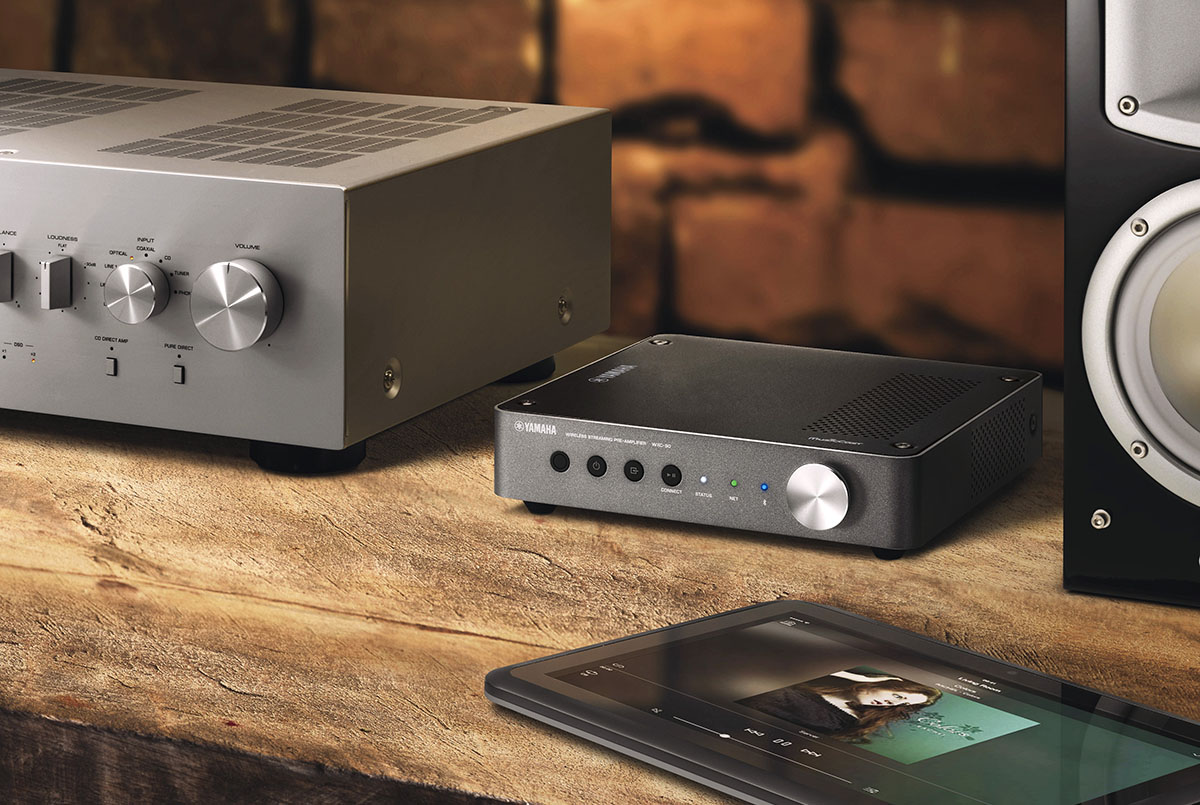From time to time I see vintage amps passing for high handover prices. Joining the bandwagon, I managed to sell my old gear for the right value as well.
I think that a part of what drives the 2nd hand market is the fact that the equipment is still fully operational and used as such. The reason someone buys a second hand vintage Quad amp for quite some money is because someone is going to use it for a turntable or other equipment. It is an alternative to modern gear.
However, their function could shift from being actively used as a functional hub to becoming obsolete and becoming museum pieces.
I would like to make the prediction that small sized quality amps are the nail in the coffin to vintage gear.
- The energy crisis and its increased tariffs asks for gear that does its power management well. People are looking for cost cutting devices that do the same thing.
- Currently there are small to tiny amps of various manufacturers that just do the job as well as an old piece without having a giant footprint.
- The compact amps often provide a load of useful modern connecting options and content options whereas vintage gear often need workarounds.
- On a small amp you will have a few useful ports and a score of 3/4 or 4/4 of ports in use and you're done. Whereas with a vintage amp perhaps 2/6 will be used, leaving loads of ports unused that in the past had a function.
With the disappearance of FM on cable here in northern Europe prices of tuners fell to ground levels overnight and I think this phase will enter for amps too.
The popularity of well received small amps could kill the active usage of vintage amps and degrade them to static museum pieces instead of gear that is active and running. Maybe a few of them will have their collectors but it will probably become a different kind of market in this way.
I assume this will play out but maybe I have overlooked some things. So back to the topic question.
Will small amps kill the vintage amp market?

The Yamaha Wxa or Wxc50 next to a traditional sized amp. The Arylic a50+ is even half the size of the Yamaha.
I think that a part of what drives the 2nd hand market is the fact that the equipment is still fully operational and used as such. The reason someone buys a second hand vintage Quad amp for quite some money is because someone is going to use it for a turntable or other equipment. It is an alternative to modern gear.
However, their function could shift from being actively used as a functional hub to becoming obsolete and becoming museum pieces.
I would like to make the prediction that small sized quality amps are the nail in the coffin to vintage gear.
- The energy crisis and its increased tariffs asks for gear that does its power management well. People are looking for cost cutting devices that do the same thing.
- Currently there are small to tiny amps of various manufacturers that just do the job as well as an old piece without having a giant footprint.
- The compact amps often provide a load of useful modern connecting options and content options whereas vintage gear often need workarounds.
- On a small amp you will have a few useful ports and a score of 3/4 or 4/4 of ports in use and you're done. Whereas with a vintage amp perhaps 2/6 will be used, leaving loads of ports unused that in the past had a function.
With the disappearance of FM on cable here in northern Europe prices of tuners fell to ground levels overnight and I think this phase will enter for amps too.
The popularity of well received small amps could kill the active usage of vintage amps and degrade them to static museum pieces instead of gear that is active and running. Maybe a few of them will have their collectors but it will probably become a different kind of market in this way.
I assume this will play out but maybe I have overlooked some things. So back to the topic question.
Will small amps kill the vintage amp market?

The Yamaha Wxa or Wxc50 next to a traditional sized amp. The Arylic a50+ is even half the size of the Yamaha.
Last edited:


